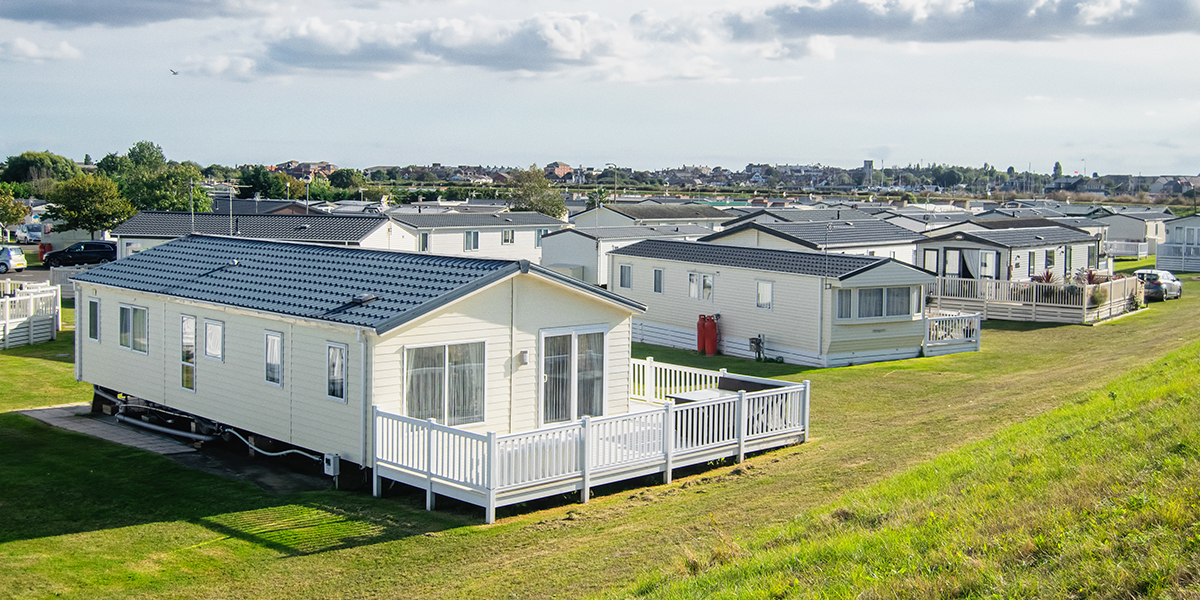How To Put Your Building on a Water Diet in 2017
As you prepare for the new year, why not commit your building to the same resolution as millions of American men and women: a diet!
Every year, millions of gallons of water, one of our most precious resources, is wasted through undetected leaks, over irrigation and faulty equipment. Since most building managers and owners only check usage when the bill comes, your water usage is likely to make your wallet pretty lean as rates skyrocket around the country.
It’s time to get your building into shape! Implementing a proactive program with the latest technologies and proven processes can help reduce consumption, save you money and make the planet a better place.
As part of your building’s New Year’s Resolution, here are some tips to conserve water in 2017:
1. How can you manage what you don’t measure? Like you do with energy, make conserving water a priority by viewing water bills on a monthly basis and comparing to previous months or even years.
2. Check for leaks. On a day when no one is in the building, turn off the water and read the meter. After 15 minutes, read it again. If the meter moved, you may have a leak that’s costing you money.
3. Incorporate technology that reads the pulse of the water meter in real time and sends you alerts 24/7 when consumption surpasses a certain benchmark or when a major leak has occurred. This technology collects data and sends it wirelessly to a website portal where managers and owners can view a property’s water consumption by month, day, or hour.
4. Inspect restroom fixtures on a regular basis. Toilets can account for more than one-third of the water you use inside the building. A faulty flapper in one toilet can cost you 200 gallons per hour! Replace high flow fixtures with low flow. Consider metered valve, self-closing and infrared sensor fixtures and waterless urinals.
5. Manage your cooling tower! Inspect for leaks and malfunctions and install flow meters on the make-up and bleed-off lines. This allows you to verify the volume of water being used versus what is lost due to evaporation, drift and leaks.
6. Tour the entire property on a monthly basis. Look for wet spots and alligatored paving clues to underground leaks.
7. Look for products bearing the EPA WaterSense label for conservation and performance.
The WaterSignal System
The WaterSignal system utilizes a self-contained, non-intrusive monitor that listens to the pulse of the water meter. Much like a doctor’s stethoscope, real time data is sent wirelessly to a website portal to view the properties water consumption by the month, day or even by the hour.
If a major leak occurs, much like energy surge popping a circuit breaker, the device alerts the manager or engineer that a water spike above the preset limit has occurred. The alert can be sent to both a computer and a smartphone for the manager to act upon, and can be customized for business hours as well as after hours and weekends.
While the WaterSignal monitoring system can help reduce the catastrophic costs associated with undetected leaks, the data the system collects plays a vital role in the building manager’s water conservation efforts. The system can help reduce a building’s water bill by 14 percent on average.
WaterSignal is a green technology company focused on water conservation. WaterSignal measures water flow in real time to detect leaks and monitor domestic meters, irrigation systems, and cooling towers for residential, commercial, multifamily, senior living, medical, schools and colleges. WaterSignal is located in Alpharetta, GA, and currently has operations in 23 states. Follow us on Twitter @watersignal




